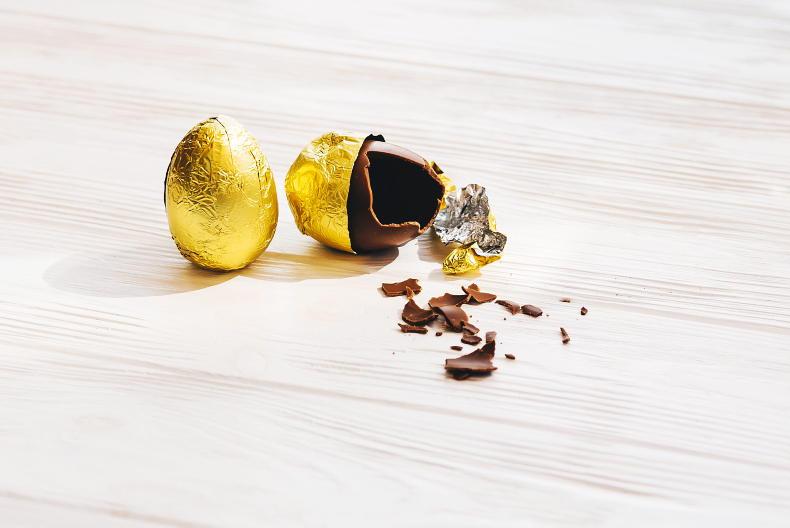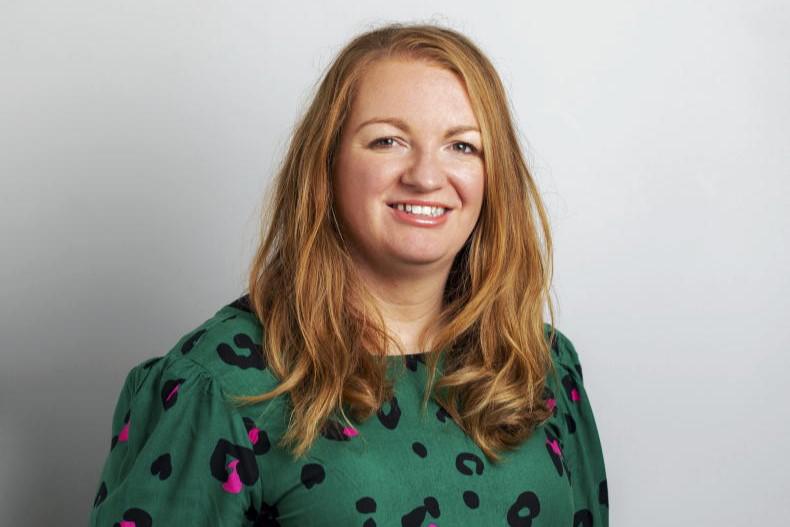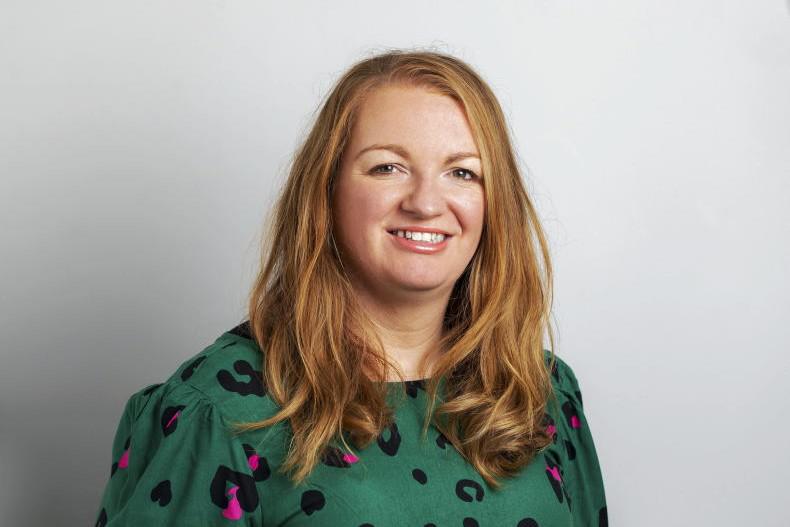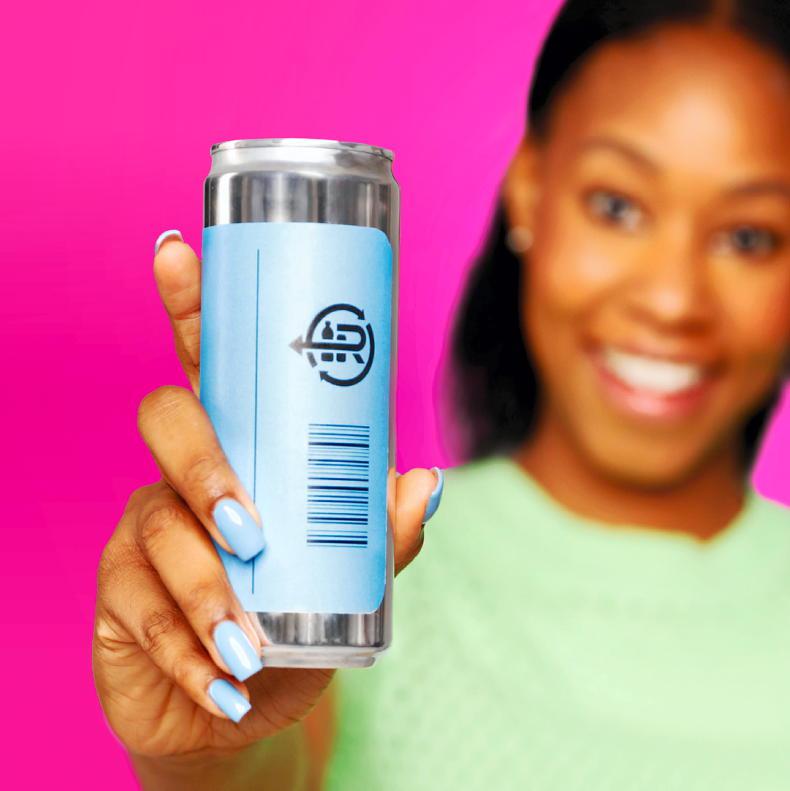Whether you have a determined child who excitedly rips off the packaging or you savour the reveal like Charlie Bucket looking for the Golden Ticket, the Easter egg unveil is a moment to savour. But what happens next? Do you know what can be recycled or what goes into the black bin?
Forty-nine thousand tonnes – that’s how much packaging waste that will be recycled this year and Easter eggs amount for their fair share of that. Research carried out by Repak shows that 57% of people plan to purchase up to six chocolate eggs while another 12% will buy 10 or more eggs. Over one quarter of us (29%) expect to gift eggs as a means of connecting while we stay apart with 72% spending more to make up for the fact that we can’t be together. And eggs are just one part of our supermarket spend. This weekend, Irish consumers are expected to spend a record €371m on groceries.
Many of the confectionery companies have made big strides in the last decade when it comes to Easter egg packaging
So if you are staring at the rows of eggs in the supermarket aisle, what environmental factors should you consider in your purchase?
Let’s look at the different elements of your Easter egg and their environmental factor. From the outside in, that big box that holds the egg in place is most likely fully recyclable. Flat pack it and get it straight into the recycling bin.
Laura Sharry, head of marketing and communications with Repak says: “Many of the confectionery companies have made big strides in the last decade when it comes to Easter egg packaging. Box sizes for example, have reduced dramatically in recent years – some as much as 40%.”
If you flatten that out, unfortunately, the material can’t be detected by the machines so make sure to bunch it into a small bal
Next up, is the rigid plastic circular hollow that holds the egg. That too is recyclable and over the years companies have made them more lightweight, but often it is a decorative and unnecessary piece of plastic. Many companies are now using cardboard placers to hold the egg in place which is a better environmental option. Perhaps that is something you want to factor into your decision.
The aluminium foil is also fully recyclable, but Laura advises to scrunch it up. “If you flatten that out, unfortunately, the material can’t be detected by the machines so make sure to bunch it into a small ball.”
On top of that, chocolate trays and egg boxes are also fully recyclable.
The bad eggs
There are two main culprits when it comes to Easter egg packaging that can’t be recycled.
First is those Easter eggs that are wrapped in cellophane. Ironically, because it doesn’t come in a box and the egg just sits on a little stand that is wrapped, you might think you are making an environmentally positive purchase, but you’re going to have to throw all that wrapping straight into your black bin. As a result, Irish companies such as the Chocolate Garden of Ireland are moving away from that kind of wrapping on their Easter eggs, predominantly replacing them with a recyclable box.
The second non-recyclable piece of packaging is little bags that hold sweets. For example, if your Malteasers egg comes with a little bag of Malteasers, that bag wont be recyclable and will need to go in the black bin.
Making a difference
The more we as consumers make purchases in light of their environmental benefits, the more it will encourage companies to keep reducing their waste.
For example, Nestlé recently announced that sharing bags such as those containing Milkybar, Aero Bubbles, Munchies, Rolo, Yorkie and Rowntree’s Randoms will come in new narrower pouches which will use on average 15% less packaging. All their hollow eggs are plastic free, while some packs in the Mini Eggs range have reduced their packaging by up to 20%.
Aldi has removed all black plastic and PVC from its Easter 2021 range – with some of the range being 100% plastic free. These include some of their Dairyfine range.
Overall, the main Easter egg producers have reduced packaging by over 30% versus the same products sold in 2010.
Contaminating at home
All of this isn’t much good though unless we play our part at home.
Clean, dry and loose should be your mantra whenever you’re recycling. Laura says: “Putting an item into the recycling bin is just one element of the recycling process. If you flatpack an Easter egg box but then put a milk bottle on top that hasn’t been emptied and cleaned, you’re basically contaminating that load and that Easter egg box will end up in a landfill or in an incinerator.”
Other culprits for contamination include nappies and grass. “Think of the journey that your recycling products go on. After you wheel your recycling bin out onto the road, it goes into the truck which tips out your waste at a recycling facility and puts it onto a picking line.
If you throw a nappy into your recycling bin and it opens, then there is a person that will have to deal with that mess, not a machine
“Then it’s up to the people at the plant to do the first sorting. This means someone is going through your waste separating the plastic, cardboard, aluminium etc. If you throw a nappy into your recycling bin and it opens, then there is a person that will have to deal with that mess, not a machine. So it’s not just thinking about the environment, it’s thinking about people working at these plants.”
Laura also says: “Keep it loose. You might think you’re doing a good thing by taking a cereal box and packing it with recyclable material. But that isn’t actually helping at the recycling plant. It’s best to keep it all loose so it can be sorted through efficiently.
“Also, don’t put recycling in plastic bags, unless your bin is full and your recycling company have agreed to collect an extra bag of waste from you. Let’s just get it right from the start – keep it loose, clean and dry.”
However, Laura says consumers are getting much better at recycling. “In the last year, we have obviously seen an increase in the amount of waste being generated with much more shopping online and working from home.
People are doing the research and based on that, contamination levels have gone down
“However, in line with that, we have also seen a big improvement in people’s behaviours. They are taking more time out to understand what goes in what bin and to question am I doing it right? People are doing the research and based on that, contamination levels have gone down and the quality of the material for recycling has improved. We are hopeful to see these changes in consumer attitudes right throughout the Easter period.”










SHARING OPTIONS